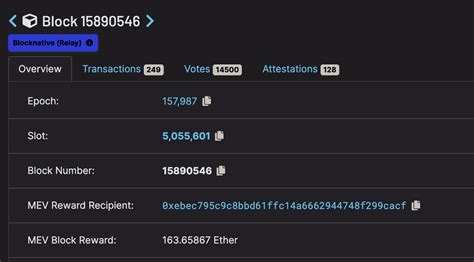The gratifying world of cryptocurrency: how block rewards drives mining success
As the world of cryptocurrency continues to grow and evolve, a fundamental aspect remains unchanged: the role that blocks the performance of rewards to encourage miners. For those who can be new in space or struggling to keep up with the latest developments, immerse in what makes the block of rewards so crucial for mining success.
What are block rewards?
In the cryptocurrency, a block reward refers to the amount of currencies granted to each miner that adds a new block to the block chain. This transaction is called a “block reward” or simply “reward.” The rewards system was introduced by the creator of Bitcoin, Satoshi Nakamoto, and since then has been adopted by most cryptocurrencies.
Why are block rewards important?
Block rewards comply with several purposes in the mining ecosystem:
- Promote mining activity : by rewarding miners with new currencies to contribute to the network, block rewards to encourage them to participate and continue mining.
- Stabilize the network
: A fixed supply of coins is maintained through block rewards, which helps maintain the stability of the entire cryptocurrency ecosystem.
- Avoid centralization : With a rewards system in place, miners are less likely to focus only on the profits of their own wallets, instead of contributing to the network and its safety.
How does block reward mechanics work?

Here is a simplified breakdown:
- Mining difficulty adjustment : The block reward is linked to mining difficulty, which is adjusted by the work test algorithm (POW). As more miners participate in the process, their mining power increases, reducing the level of difficulty.
- Reward calculation : The block reward is calculated as follows: `Reward block = mining power*block size.
- TRANSFER OF REWARDS : Once a new block is extracted, its content is transferred to each miner’s wallet.
Types of blocks and their rewards
There are two main types of blocks in cryptocurrencies:
- Work test blocks (POW) : These blocks require that miners solve complex mathematical problems using their mining power.
- Swallow test blocks (POS) : In post -systems, validators (not necessarily miners) compete for the right to add a new block reaching their coins.
cryptocurrencies with block rewards
Here are some notable cryptocurrencies that use block rewards:
- Bitcoin (BTC) : The original cryptocurrency with a fixed block reward of 6.25 BTC per block.
- Ethereum (ETH) : Ethereum’s stake test system uses a token called Ether, which is used for transactions and computational tasks.
- Litecoin (LTC) : Litecoin has a block reward of 12.5 LTC per block.
Conclusion
Block rewards are the backbone of cryptocurrency mining success. By encouraging miners to participate in the network, they maintain the stability and safety of the entire ecosystem. As cryptocurrencies continue to evolve, it is essential that users and developers understand how the blockade of the blockages work and their implications in the system as a whole.
In the world of cryptocurrency, the reward is clear: with block rewards that drive mining activity and maintain the integrity of the network, any person involved in this space can expect significant yields.